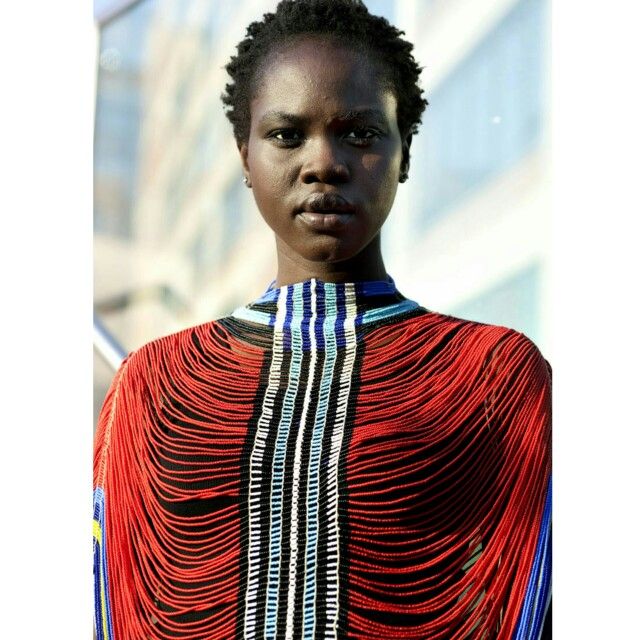The Dinkas are from South Sudan from the Bahr el Ghazal region of the Nile Basin, along the Swamplands, Jonglei and parts of Southern Kordufan and Upper Nile regions. Alongside the Tutsis of Rwanda, they are believed to be the tallest people in Africa. The Dinkas are also the largest ethnic tribe in South Sudan.n
The Dinkas are transhumant pastoralists, which means they move their cattle to riverine and wet places during the dry season and back to Savannah forest settlements during the rainy season

THE DINKA WEDDING TRADITION
Marriage among the Dinkas is seen as the coming together of families that broadens and strengthens communities and established family ties. Therefore, marriage in the context of the Dinka is not Child’s play. In addition, parental consent is considered essential. Marriage among the Dinka people is traditionally defined through the exchange of bridewealth in the form of cattle.
Dinka men wanting to tie the knot must be ready to give up abundant cattle. This part of negotiating the bridewealth is the most tiring, burdensome, and interesting part of the marriage customs among the Dinkas. The negotiation phase can take up to a year. The groom and the bride aren’t part of the dialogue, but their families try to arrive at the best conclusion that benefits everyone. The bride’s family wants the groom’s people to pay the most, while the groom’s family want to pay the barest minimum.
The process first begins with the groom meeting young ladies from the bride’s side. This is a show of declaration to the bride’s family that he is interested in her. After this, the groom and his team meet a second group composed of some more young ladies along with the bride’s aunts.
The third stage has to do with the groom’s relatives meeting with the bride’s father and other male relatives. This brings about the real negotiations for dowry. The bridewealth is paid in cows as mentioned earlier. However, the number depends on the bride’s physical features. The taller she is, the more cows she can be able to attract. The cost of dowry ranges from 50-200 cows. Also, competition among other interested men may become a determining factor in bridewealth payment. If there is competition, the relatives of the bride keep the cattle from the competitors separated until the highest bidder finally takes the girl!
ANYUUC (GENEROUS WELCOMING)
Once the marriage rites are completed and the man gets married to his proposed wife, she will not cook or sweep for 4 years. This period is called “Anyuuc” (Generous Welcoming). This period is meant for the new wife to rest, relax and study her husband’s values. As there is no one to tend to the domestic chores, her husband’s sisters and relatives will do the cooking and other menial jobs.
nAfter 4 years, her husband will then decide to arrange a very big party called Thaat (cooking festival), 3 cows and 5 goats can be slaughtered to initiate a wife into cooking for the family.
Marriage in the Dinka tradition places a very high value on women.
